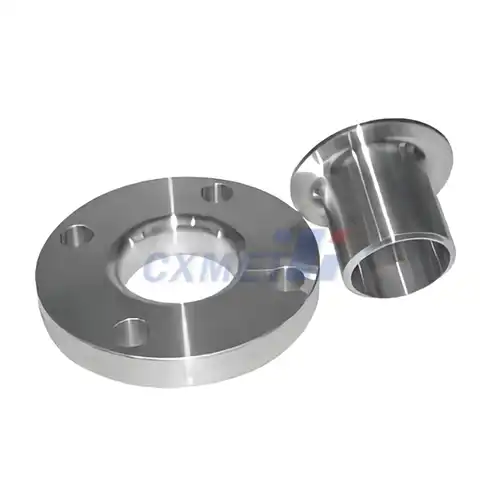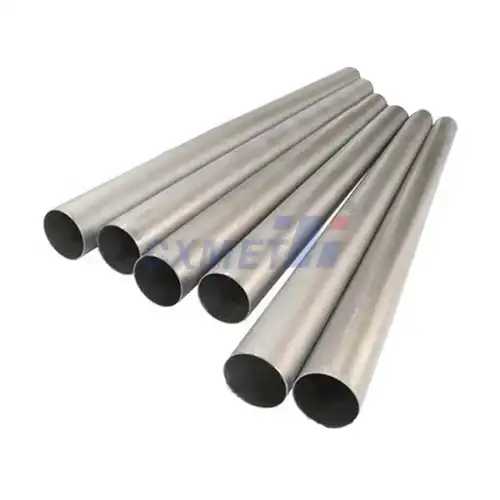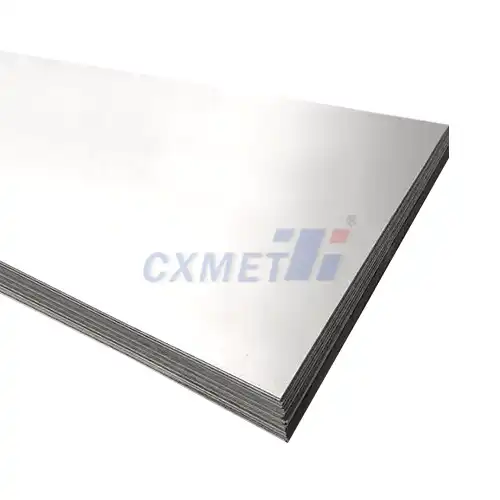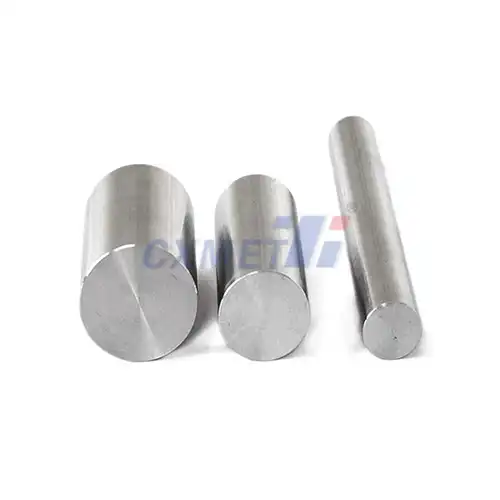- English
- French
- German
- Portuguese
- Spanish
- Russian
- Japanese
- Korean
- Arabic
- Greek
- German
- Turkish
- Italian
- Danish
- Romanian
- Indonesian
- Czech
- Afrikaans
- Swedish
- Polish
- Basque
- Catalan
- Esperanto
- Hindi
- Lao
- Albanian
- Amharic
- Armenian
- Azerbaijani
- Belarusian
- Bengali
- Bosnian
- Bulgarian
- Cebuano
- Chichewa
- Corsican
- Croatian
- Dutch
- Estonian
- Filipino
- Finnish
- Frisian
- Galician
- Georgian
- Gujarati
- Haitian
- Hausa
- Hawaiian
- Hebrew
- Hmong
- Hungarian
- Icelandic
- Igbo
- Javanese
- Kannada
- Kazakh
- Khmer
- Kurdish
- Kyrgyz
- Latin
- Latvian
- Lithuanian
- Luxembou..
- Macedonian
- Malagasy
- Malay
- Malayalam
- Maltese
- Maori
- Marathi
- Mongolian
- Burmese
- Nepali
- Norwegian
- Pashto
- Persian
- Punjabi
- Serbian
- Sesotho
- Sinhala
- Slovak
- Slovenian
- Somali
- Samoan
- Scots Gaelic
- Shona
- Sindhi
- Sundanese
- Swahili
- Tajik
- Tamil
- Telugu
- Thai
- Ukrainian
- Urdu
- Uzbek
- Vietnamese
- Welsh
- Xhosa
- Yiddish
- Yoruba
- Zulu
What Are The Benefits Of Using Nickel Foil In Applications?
2025-07-21 16:55:13
Nickel foil is a versatile material that finds applications across various industries due to its unique properties and characteristics. This thin, malleable metal sheet offers numerous advantages, making it a preferred choice for many manufacturing processes and scientific applications. In this blog post, we will explore the benefits of using nickel foil and delve into some specific applications where it excels.
|
|
|
How does nickel foil enhance electrical conductivity in electronic devices?
Nickel foil plays a crucial role in enhancing electrical conductivity in electronic devices, making it an essential component in various applications. Its excellent conductivity properties, combined with its durability and resistance to corrosion, make it an ideal choice for improving the performance and reliability of electronic components.
One of the primary ways nickel foil enhances electrical conductivity is through its use in electromagnetic shielding. As electronic devices become more compact and powerful, the need for effective shielding against electromagnetic interference (EMI) and radio-frequency interference (RFI) becomes increasingly important. Nickel foil's high conductivity allows it to create a barrier that reflects and absorbs electromagnetic waves, protecting sensitive components from interference and ensuring optimal performance.
In printed circuit boards (PCBs), nickel foil is often used as a conductive layer or as a plating material for copper traces. The addition of nickel improves the overall conductivity of the PCB, allowing for more efficient signal transmission and reducing signal loss. This is particularly beneficial in high-frequency applications where signal integrity is crucial.
Nickel foil is also employed in the production of flexible electronic devices, such as flexible displays and wearable technology. Its malleability allows it to conform to curved or irregular surfaces while maintaining excellent conductivity. This property is essential for creating bendable and stretchable electronic components that can withstand repeated flexing without compromising their electrical performance.
Another area where nickel foil enhances electrical conductivity is in battery technology. It is used in the production of electrodes for various types of batteries, including lithium-ion batteries. The high conductivity of nickel foil helps improve the overall efficiency of the battery by facilitating the flow of electrons between the electrodes and the electrolyte.
In the field of supercapacitors, nickel foil serves as an excellent current collector due to its high conductivity and corrosion resistance. This allows for more efficient energy storage and faster charge/discharge cycles, contributing to the overall performance of the supercapacitor.
The use of nickel foil in electrical contacts and connectors is another example of how it enhances conductivity in electronic devices. Its ability to maintain a low contact resistance over time, even in harsh environments, ensures reliable and consistent electrical connections. This is particularly important in applications where signal integrity and power transmission are critical.
What role does nickel foil play in improving thermal management in electronic systems?
Nickel foil plays a significant role in improving thermal management in electronic systems, contributing to enhanced performance, reliability, and longevity of various electronic devices. As electronic components become more powerful and compact, effective heat dissipation becomes increasingly crucial to prevent overheating and ensure optimal operation.
One of the primary ways nickel foil improves thermal management is through its use as a heat spreader. The high thermal conductivity of nickel allows it to efficiently distribute heat across a larger surface area, preventing the formation of localized hot spots that can damage sensitive components. This property is particularly valuable in high-power density applications, such as LED lighting systems, power electronics, and advanced computing devices.
In the manufacturing of heat sinks, nickel foil is often used as a base material or as a coating. Its excellent thermal conductivity helps to quickly transfer heat from the source to the heat sink's fins or other dissipation structures. Additionally, nickel's corrosion resistance ensures that the heat sink maintains its efficiency over time, even in challenging environments.
Nickel foil is also employed in the production of thermal interface materials (TIMs). These materials are used to fill gaps between heat-generating components and heat sinks, improving thermal contact and reducing thermal resistance. Nickel foil-based TIMs offer superior heat transfer capabilities compared to many conventional materials, allowing for more effective cooling of electronic systems.
In the field of thermoelectric cooling, nickel foil serves as an excellent electrode material due to its combination of high electrical and thermal conductivity. This property makes it ideal for use in Peltier coolers, which are used for precise temperature control in various electronic applications, including laser diodes, infrared detectors, and small-scale refrigeration systems.
Another application where nickel foil contributes to improved thermal management is in the production of heat pipes and vapor chambers. These passive heat transfer devices rely on the evaporation and condensation of a working fluid to move heat efficiently. Nickel foil is often used as a wick material in these devices due to its capillary action properties and compatibility with common working fluids.
In the automotive industry, nickel foil is utilized in the thermal management systems of electric vehicles (EVs) and hybrid electric vehicles (HEVs). It helps in the efficient cooling of battery packs, power electronics, and electric motors, contributing to improved performance and longevity of these critical components.
Nickel foil also plays a role in the development of advanced cooling technologies, such as phase change materials (PCMs) and microfluidic cooling systems. In PCM applications, nickel foil can be used as an encapsulation material or as a heat spreader to enhance the overall thermal performance of the system. In microfluidic cooling, nickel foil's corrosion resistance and thermal properties make it suitable for creating efficient heat exchangers and fluid channels.
How does nickel foil contribute to the efficiency of catalytic converters in automotive applications?
Nickel foil plays a crucial role in enhancing the efficiency of catalytic converters in automotive applications, contributing to reduced emissions and improved environmental performance of vehicles. Catalytic converters are essential components in modern automobiles, responsible for converting harmful exhaust gases into less harmful substances before they are released into the atmosphere.
One of the primary ways nickel foil contributes to the efficiency of catalytic converters is through its use as a substrate material. The foil is often used to create a honeycomb-like structure that serves as the foundation for the catalytic coating. This structure provides a large surface area for the catalytic reactions to occur, maximizing the converter's efficiency in treating exhaust gases.
The high temperature resistance of nickel foil is another crucial factor in its effectiveness for catalytic converter applications. Exhaust gases can reach extremely high temperatures, and the catalytic converter must maintain its structural integrity and performance under these conditions. Nickel foil's ability to withstand high temperatures without degradation ensures that the catalytic converter remains effective throughout the vehicle's lifespan.
Nickel foil also contributes to the overall durability of catalytic converters. Its resistance to corrosion and oxidation helps protect the converter from the harsh chemical environment created by exhaust gases. This durability is essential for maintaining the converter's efficiency over time and meeting increasingly stringent emission standards.
In some catalytic converter designs, nickel foil is used as a component of the washcoat, which is the layer that contains the actual catalytic materials. The nickel can act as a promoter or stabilizer for the primary catalysts, such as platinum, palladium, or rhodium, enhancing their performance and longevity.
The malleability of nickel foil allows for the creation of complex shapes and structures within the catalytic converter. This flexibility in design enables manufacturers to optimize the flow of exhaust gases through the converter, maximizing contact with the catalytic surfaces and improving overall efficiency.
Nickel foil's thermal conductivity also plays a role in the efficiency of catalytic converters. It helps distribute heat evenly throughout the converter, ensuring that the entire catalytic surface reaches and maintains the optimal temperature for the chemical reactions to occur. This uniform heat distribution contributes to more consistent and efficient emissions reduction.
In addition to its use in traditional catalytic converters, nickel foil is also being explored for use in next-generation emission control technologies. For example, it is being investigated as a potential material for selective catalytic reduction (SCR) systems, which are used to reduce nitrogen oxide emissions in diesel engines.
The use of nickel foil in catalytic converters also contributes to weight reduction efforts in automotive design. Its strength-to-weight ratio allows for the creation of lightweight yet durable converter structures, which can help improve overall vehicle fuel efficiency.
Furthermore, nickel foil's recyclability aligns with the automotive industry's increasing focus on sustainability. At the end of a catalytic converter's life, the nickel foil can be recovered and recycled, reducing the environmental impact of vehicle production and disposal.
Conclusion
In conclusion, nickel foil offers numerous benefits across a wide range of applications, from enhancing electrical conductivity in electronic devices to improving thermal management in electronic systems and contributing to the efficiency of catalytic converters in automotive applications. Its unique combination of properties, including high conductivity, thermal resistance, durability, and malleability, make it an invaluable material in various industries. As technology continues to advance, the importance of nickel foil in enabling innovation and improving performance is likely to grow, cementing its place as a crucial component in many cutting-edge applications.
At SHAANXI CXMET TECHNOLOGY CO., LTD, we take pride in our extensive product range, which caters to diverse customer needs. Our company is equipped with outstanding production and processing capabilities, ensuring the high quality and precision of our products. We are committed to innovation and continuously strive to develop new products, keeping us at the forefront of our industry. With leading technological development capabilities, we are able to adapt and evolve in a rapidly changing market. Furthermore, we offer customized solutions to meet the specific requirements of our clients. If you are interested in our products or wish to learn more about the intricate details of our offerings, please do not hesitate to contact us at sales@cxmet.com. Our team is always ready to assist you.
References
- Johnson Matthey Technology Review. (2021). "Nickel in Catalysis."
- Materials Science and Engineering: R: Reports. (2019). "Recent advances in nickel-based materials for high-performance supercapacitors."
- Journal of Power Sources. (2020). "Nickel-based materials for energy storage and conversion."
- Applied Thermal Engineering. (2018). "Thermal management of electronic systems using nickel-based heat spreaders."
- IEEE Transactions on Components, Packaging and Manufacturing Technology. (2017). "Electromagnetic shielding effectiveness of nickel-based materials in electronic packaging."
- Catalysis Today. (2019). "Nickel-based catalysts for automotive exhaust aftertreatment."
- Advanced Functional Materials. (2020). "Flexible electronics enabled by nickel-based conductive materials."
- Journal of Materials Chemistry A. (2018). "Nickel foil as current collector for high-performance lithium-ion batteries."
- Applied Surface Science. (2021). "Surface modification of nickel foils for enhanced catalytic activity."
- International Journal of Heat and Mass Transfer. (2019). "Thermal performance of nickel-based heat pipes in electronic cooling applications."







